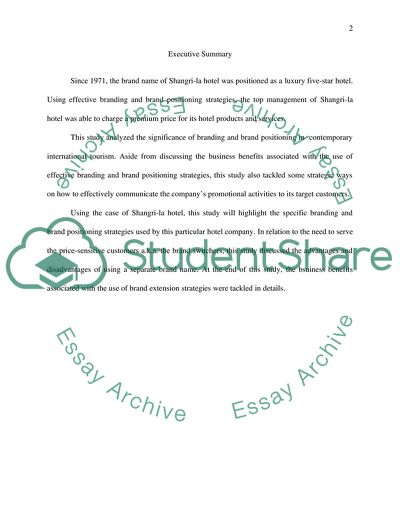Cite this document
(“Marketing Plan Essay Example | Topics and Well Written Essays - 3250 words”, n.d.)
Retrieved from https://studentshare.org/marketing/1614923-marketing-plan
Retrieved from https://studentshare.org/marketing/1614923-marketing-plan
(Marketing Plan Essay Example | Topics and Well Written Essays - 3250 Words)
https://studentshare.org/marketing/1614923-marketing-plan.
https://studentshare.org/marketing/1614923-marketing-plan.
“Marketing Plan Essay Example | Topics and Well Written Essays - 3250 Words”, n.d. https://studentshare.org/marketing/1614923-marketing-plan.


